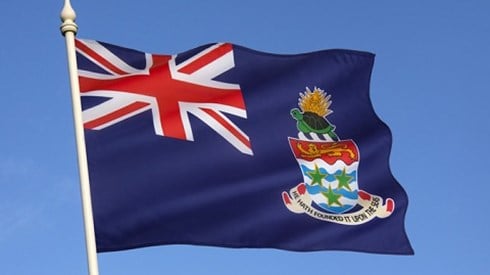Cayman Is Transforming into an International Insurance and Reinsurance Jurisdiction

March 28, 2017

By: Insurance Managers Association of Cayman (IMAC)
Offshore captive insurance domiciles like the Cayman Islands maintain their edge by creating new solutions and offering key advantages that most others can’t match.
Today’s captive landscape looks very different than it did a decade ago. Likewise, Cayman has been undergoing a transformation, and doubtless we will continue to see change over the decade to come.
Healthcare has been one of the cornerstones upon which Cayman built its captive insurance industry. However, the last few years have seen growth in international insurance and reinsurance, particularly around commercial reinsurers looking to establish themselves within the Cayman Islands with the goal of writing life and annuity, pension, and longtail liability coverage. Some of the business from the commercial reinsurance market has been coming from markets such as Asia and Latin America, as well as the United States.
It is a natural diversification from a consolidating healthcare market for Cayman to explore commercial reinsurers, Class Ds, and Class B3s as future growth areas for the jurisdiction. A lot of these new carriers have an international reach beyond one specific market.
To make these changes, it takes a collaborative model for regulators and legislators to stay in tune with the needs of the captive industry. Cayman is particularly fortunate to have a commercially savvy regulator interacting regularly with the Insurance Managers Association of Cayman (IMAC) to ensure a consistent approach to such business.
Regulators, lawyers, insurance managers, accountants, finance, and all members of Cayman’s established infrastructure work together. The Cayman Islands Monetary Authority (CIMA), for example, meets with IMAC on a quarterly basis to discuss opportunities for innovation allied to the operational day-to-day requirements of either party.
That is how the need to expedite insurance-linked securities (ILS) and catastrophe bond licensing approvals was identified. CIMA recently announced accelerated approvals for these licenses.
“We’ve moved beyond the traditional administrative approach for captives and adopted a more consultative approach with our clients,” said Adrian Lynch of IMAC. “We operate as a very cohesive unit. When we have fluidity between regulators, the commercial environment, and third-party service providers, the jurisdiction can move inexorably forward.”
Cayman’s 40 years of experience in the captive space forms the foundation of its offering model and value proposition. Cayman providers can act as trusted advisers for clients.
That experience and expertise continues to evolve in what is an ever competitive and expanding captive industry.
Future Growth
Onshore captive insurance domiciles have developed in the United States, presenting a challenge to the more established international strongholds, such as Cayman. But competition drives innovation and diversification.
In the last 2–3 years, Cayman has seen significant consolidation within the healthcare space among larger hospital systems resulting from the Affordable Care Act (ACA) in the United States. It will be interesting to see what emerges as an alternative to the ACA and its impact on the industry.
Cayman’s aim at diversification has required the jurisdiction to adjust its own value proposition. Captive managers who have built up healthcare-specific expertise, for example, are now also looking to invest in areas such as underwriting, actuarial, and business development.
Another challenge that some onshore jurisdictions face is that although they have active captive legislation, they may lack strong surrounding infrastructure.
Cayman holds a uniquely advantageous position, as it essentially has a 40-year head start on most US jurisdictions. Cayman’s deep skill base compares favorably to some of the other top-drawer jurisdictions in terms of their ability to meet all the needs of any new captives or insurance or reinsurance companies being established.
“CIMA has been working with local service providers for so long that it has become a true partnership between government and stakeholders,” Derek Stenson of Walkers added.
All insurance management leadership is looking at their insurance market and trying to ensure they can compete, continue to grow, and meet the requirements of their stakeholders. It is a natural evolution for any jurisdiction such as Cayman to look 5–10 years down the line at its sources of business.
Cayman has been a world leader in innovation and alternative risk thought leadership, from establishing the Harvard Captive, to being the original point of embarkation for ACE Excel, through to the original ILS structures.
As the world’s largest hedge fund jurisdiction by registered funds, Cayman has a solid platform for growth fueled by collaboration of all stakeholders.
We are all, in essence, renting the world from the future generation, and it is indeed our responsibility to ensure a future for the next generation of insurance and reinsurance executives. Cayman takes that responsibility very seriously.
To learn more about the Cayman Islands’ captive infrastructure, visit the IMAC website.
The Insurance Managers Association of Cayman (IMAC) is a nonprofit organization run for and by Cayman’s captive insurance industry, including insurance managers, Cayman captive insurance companies, and service providers.
March 28, 2017